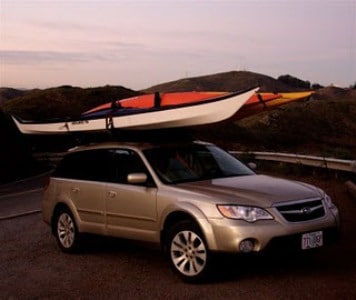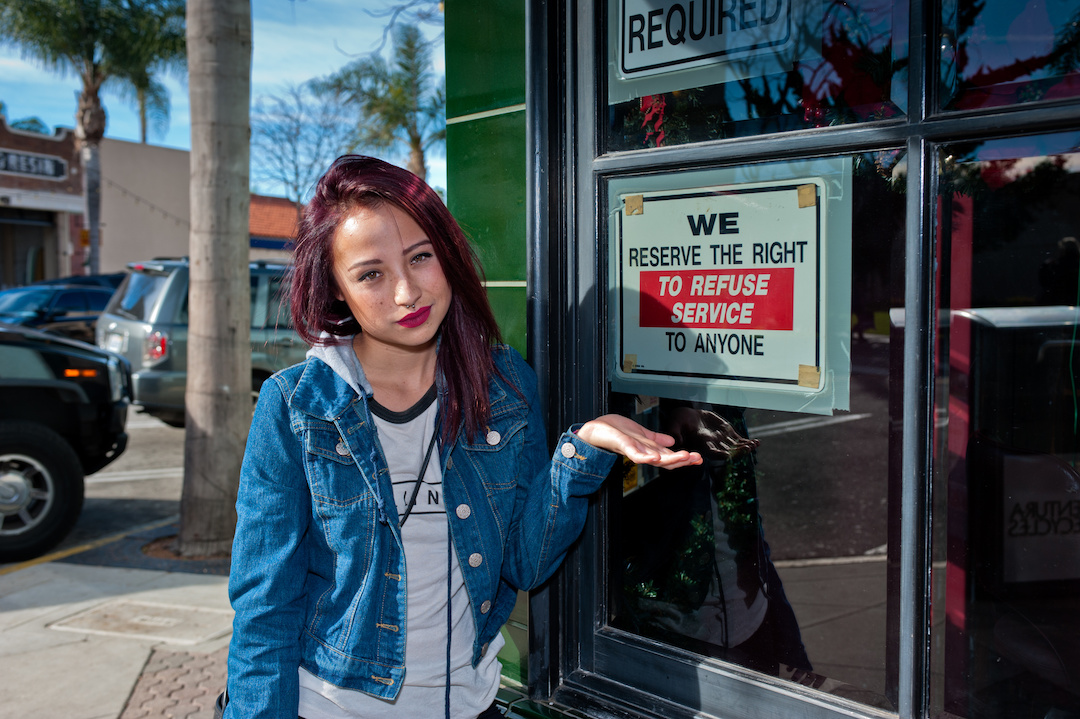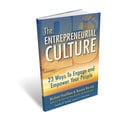 Many people like to reduce branding strategy to a clever logo. I take a broader view. A good brand strategy includes answers to these questions: Is the brand readily available to the buyer now? Does it offer value to the buyer for a specific use? Is it unique? If the answers are yes, that’s a good brand strategy. Brand strategy is the comprehensive approach for wide-ranging use of the brand.
Many people like to reduce branding strategy to a clever logo. I take a broader view. A good brand strategy includes answers to these questions: Is the brand readily available to the buyer now? Does it offer value to the buyer for a specific use? Is it unique? If the answers are yes, that’s a good brand strategy. Brand strategy is the comprehensive approach for wide-ranging use of the brand.
6 Branding Strategy Tips
1. Identify your market.
Brand strategy requires an in-depth analysis of every facet of your market. Identify who the brand appeals to, and what the market is you’re targeting. Is it the general public, or a trade group? Is your buyer young? Old? Car owners? Air travelers? By identifying your market, you must also think about how you’re going to position and price your brand.
2. Get the word out.
Get the word out in the niche you’ve identified through print media, online recognition and all other means of communication at your disposal. The Mac Tools company has a great brand strategy. Their large vans drive to construction sites with we’ll-come-to-you convenience. And their logo is prominently displayed on all their vans.
3. Strategize before your product is released.
Is your product a line extension of an existing brand? If it’s a Ford Focus, it’s already a Ford. That’s a line extension. If it’s a totally new brand, it’s much harder to get traction. You need to do networking in advance of its release to create curiosity. Also, consider a test market, make adjustments, then increase your distribution. Big corporations can do a test market then go national right away because they already have distribution.
4. Align your brand with groups important to your buyers.
Subaru uses this facet of brand strategy brilliantly. They sponsor the American Canoe Association, the American Association of Snowboard Instructors, International Mountain Bicycling Association, and many other groups all of which support the same outdoor-activity associations that are meaningful to the sub-niche folks who buys Subaru’s cars.
5. Branding strategy can include leveraging.
Leveraging is used when a brand goes into a narrow niche, gets established, and then extends the product line. Tesla, for example, came out of the gate with a two-seat model that was very sleek, attractive, and fast. The company even got movie stars to drive it. In no time, owners were proud to drive a Tesla. Then the company introduced the sedan.
6. An essential part of branding strategy is customer service and feedback.
After sales, customer service is the single most important department in any company. That’s how you find out what your customer thinks. Customer service becomes part of your brand strategy when you link that feedback directly to production and marketing. When those departments have a disconnect, the company suffers.
In my experience, brand strategy is a marketing plan based on a comprehensive study aimed at identifying the terrain upon which your brand will be launched, grow and, hopefully, survive.
Of course, there’s much more that could be said on this subject. What’s been your experience? Michael Houlihan, co-founder of Barefoot Wine, the largest selling wine brand in the nation, invites you to join the discussion on Branding Strategy with your comments, thoughts, and opinions below.



